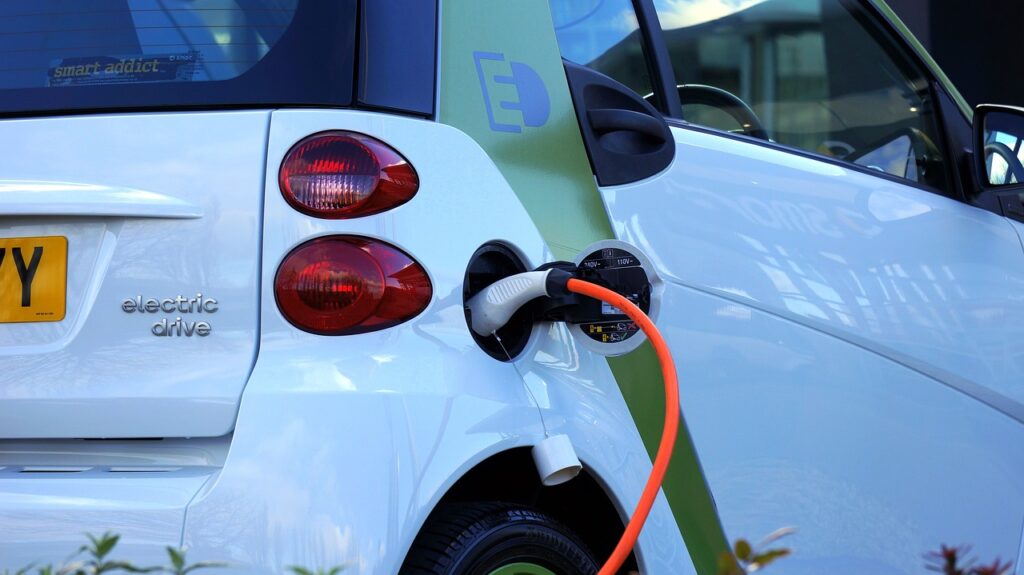On January 8, 2024, researchers from the Harvard John A. Paulson School of Engineering and Applied Sciences (SEAS) announced a new lithium metal battery that can endure 6,000 charging cycles and have the ability to be recharged in just a few minutes, significantly outperforming any other pouch battery cell available on the market.
In a related research published in Nature Materials, the researchers describe a new approach to using lithium metal anodes to make solid-state batteries, as well as offer more insights into the necessary materials.
The senior author of the paper, Xin Li, Associate Professor of Materials Science at SEAS, described their research as a way for lithium metal anode batteries, which have ten times the capacity of commercial graphite anodes, to become a new benchmark for batteries for industrial and commercial applications such as electric vehicles.
However, the creation of these batteries was not without a challenge – the formation of dendrites on the anode’s surface, which is described as roots growing into the electrolyte and could cause the battery to shorten or even catch fire when they pierce the barrier separating the anode and cathode.
Fortunately, in 2021, the researchers were able to find a solution by designing a multilayer battery that controls and contains the penetration of lithium dendrites by using micron-sized silicon particles in the anode to constrict the reaction.
As a result, a postage stamp-sized cell version of the battery, 10 to 20 times larger than university-lab-made coin cells, was built. The battery, which retained 80% of its capacity after 6,000 cycles, has been licensed through the Harvard Office of Technology Development to Adden Energy, who has then scaled up the technology to produce similar batteries capable of fitting in smartphones. Li and his team also revealed that various materials, namely silver, also had the potential to serve as good alternatives at the anode for future solid-state batteries.
Article Source: Harvard College
Image by Mikes-Photography from Pixabay






